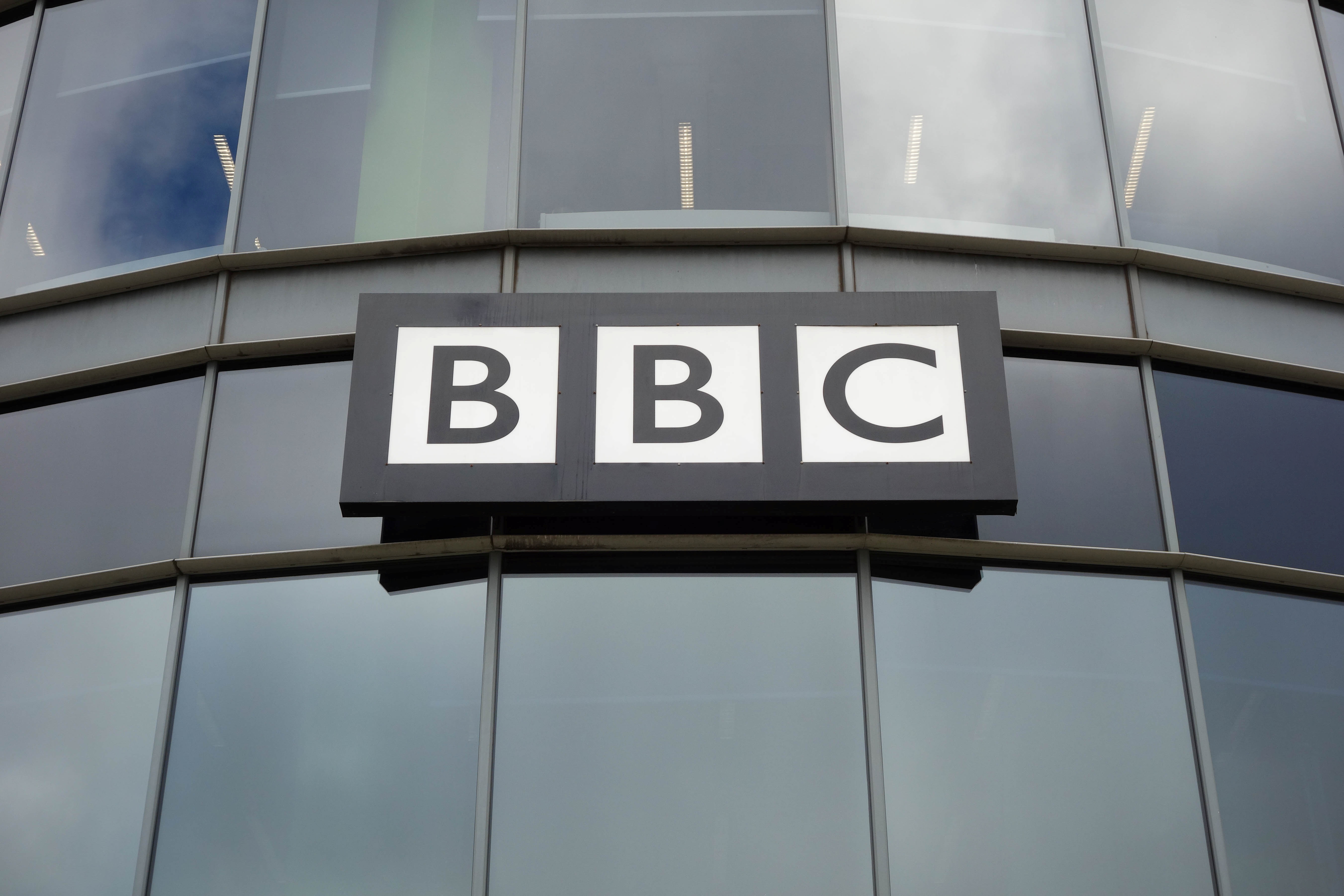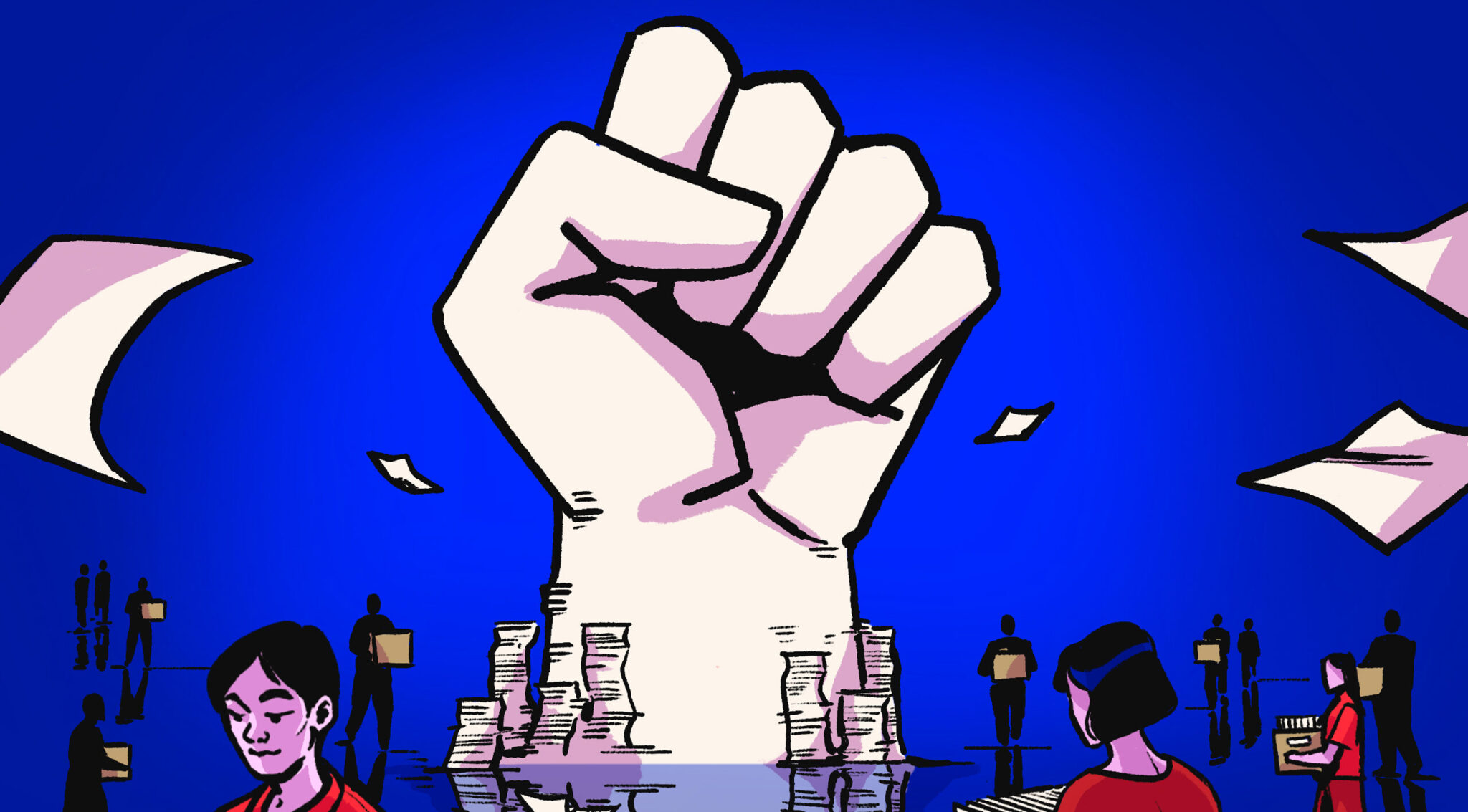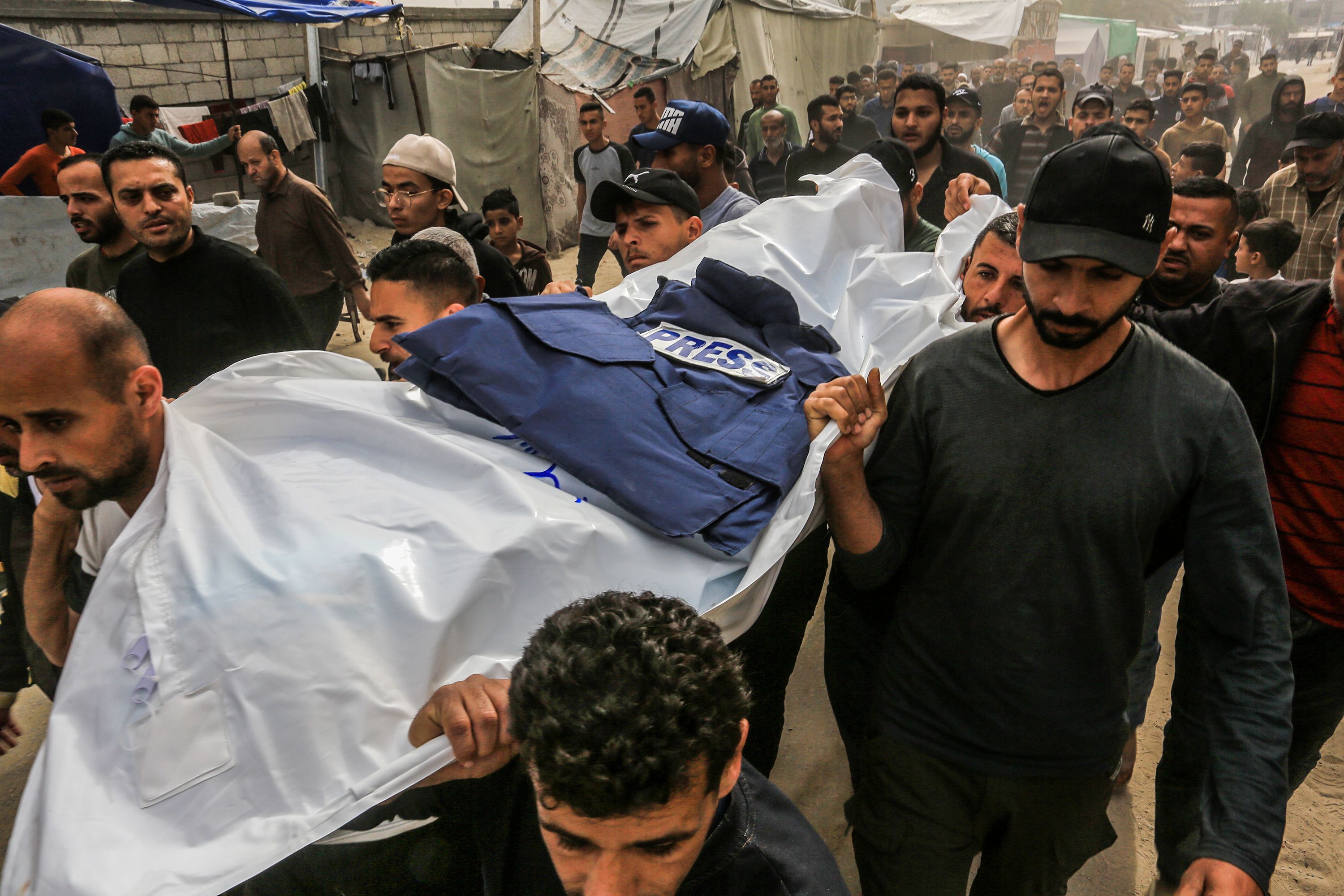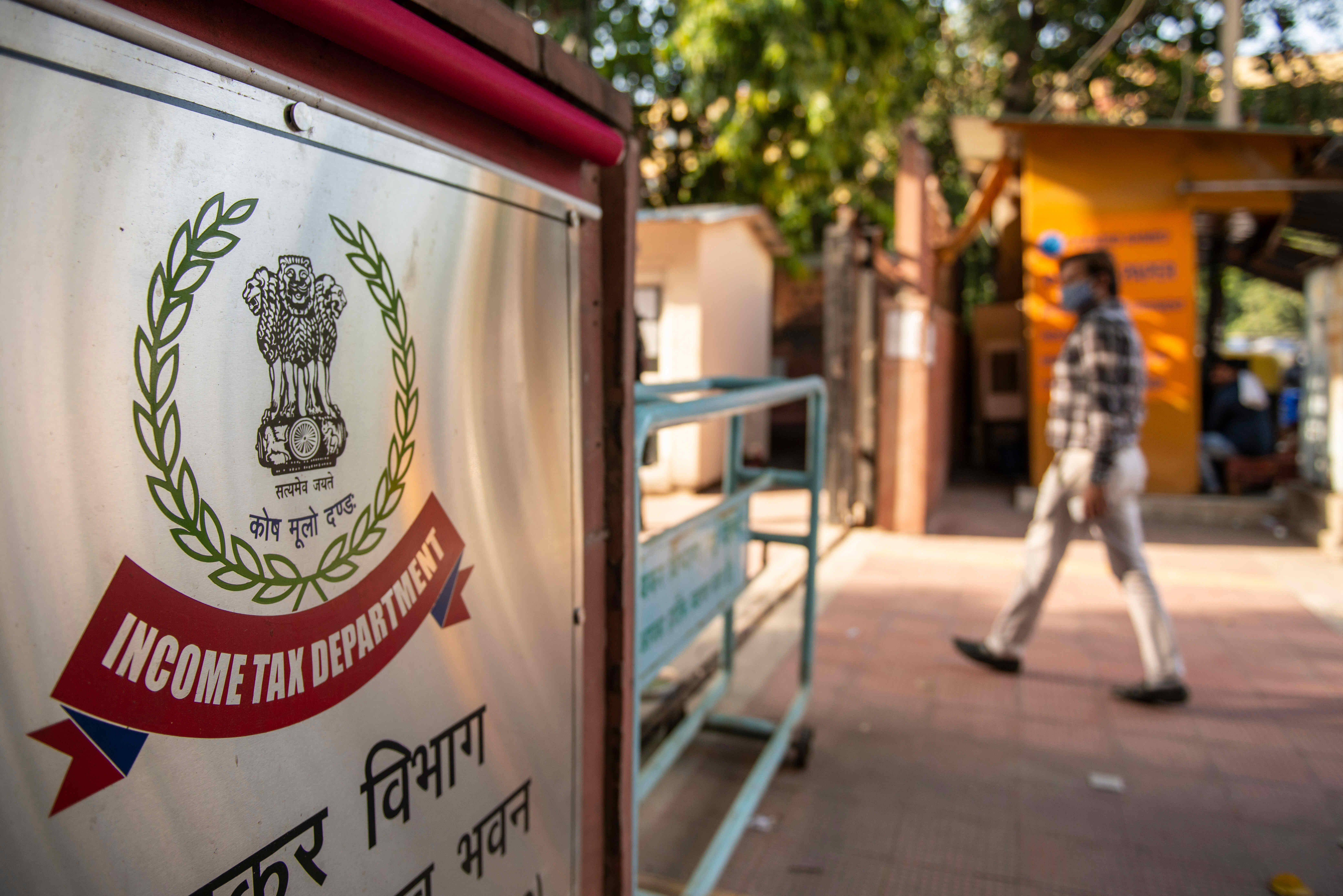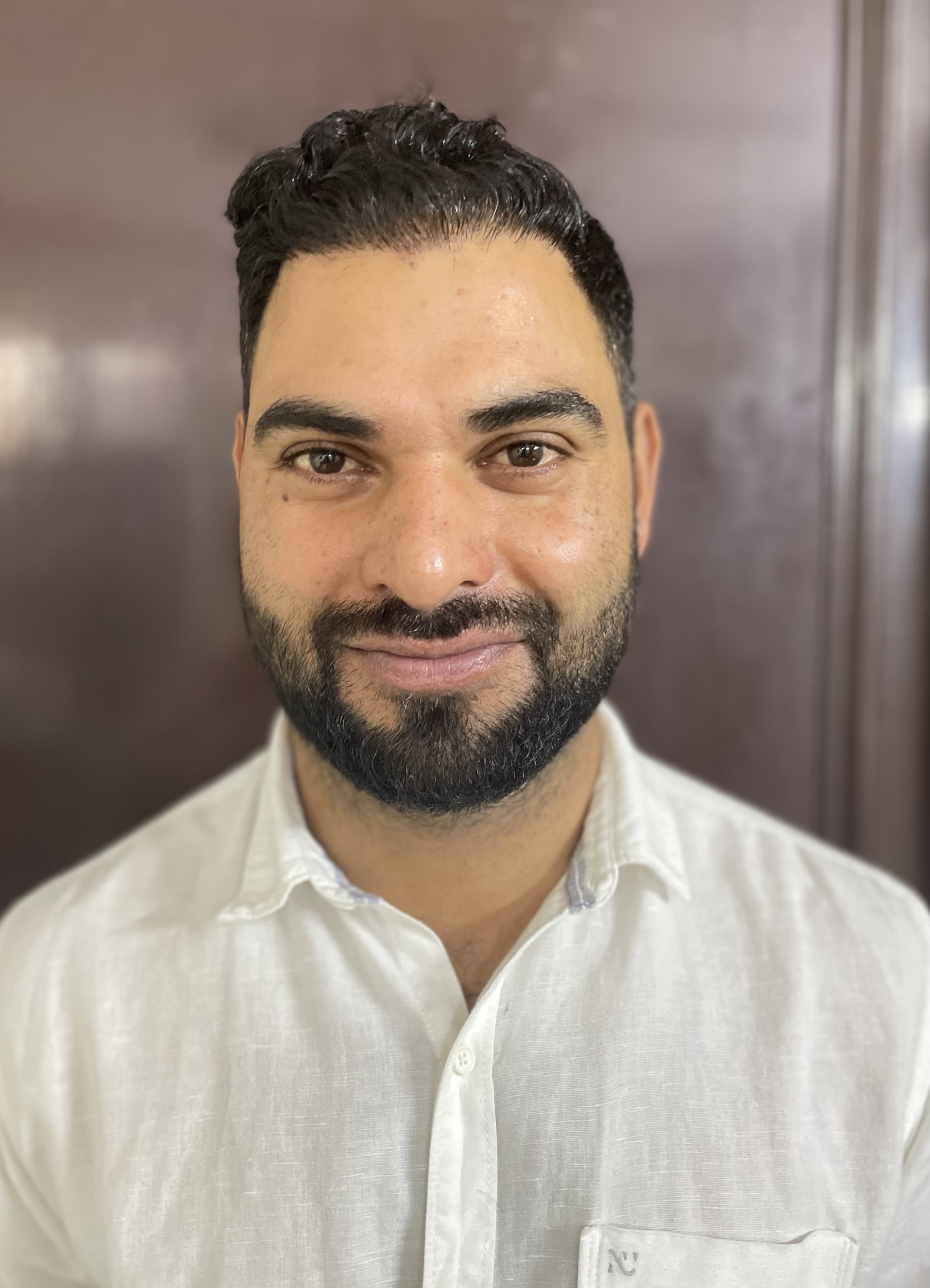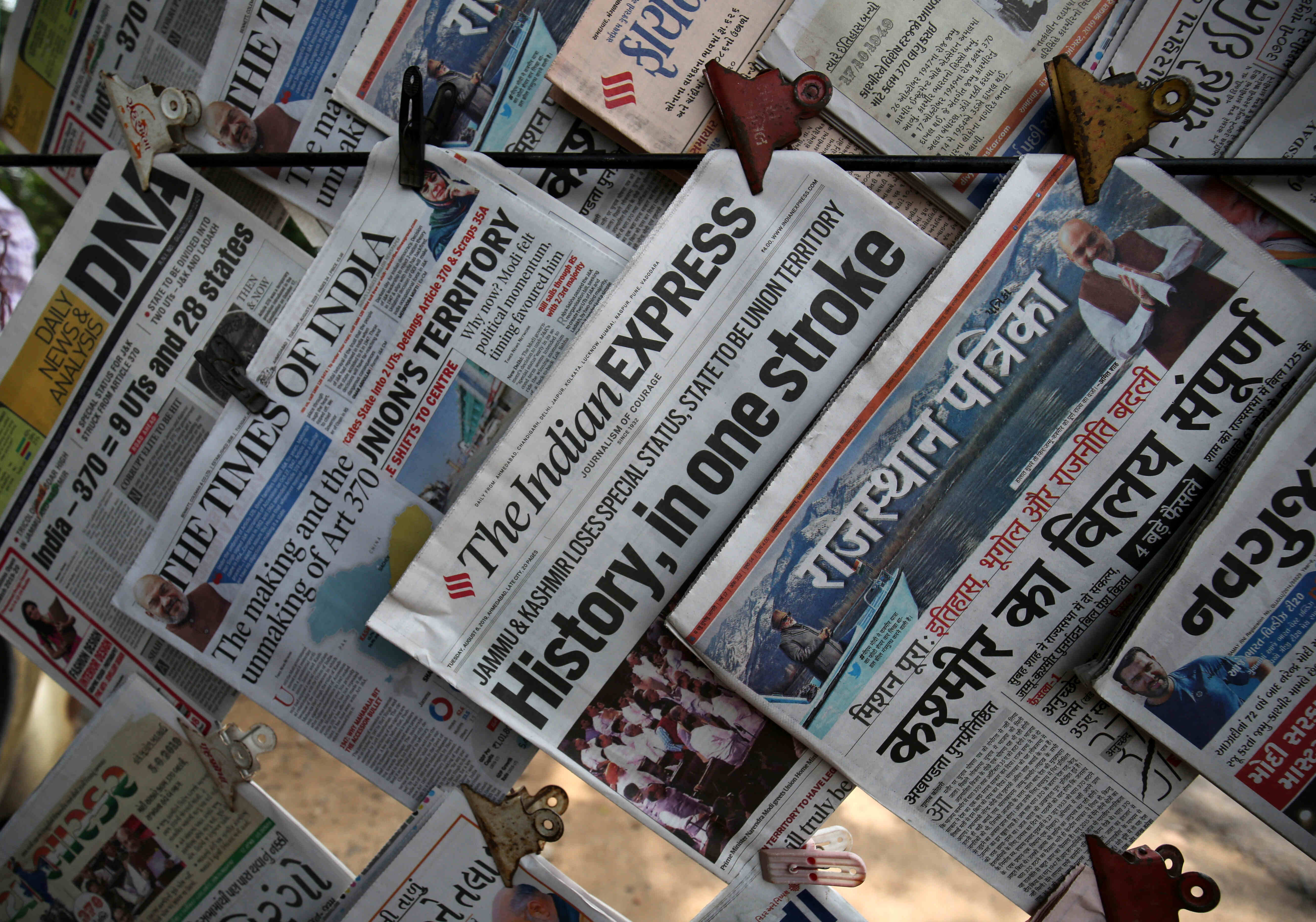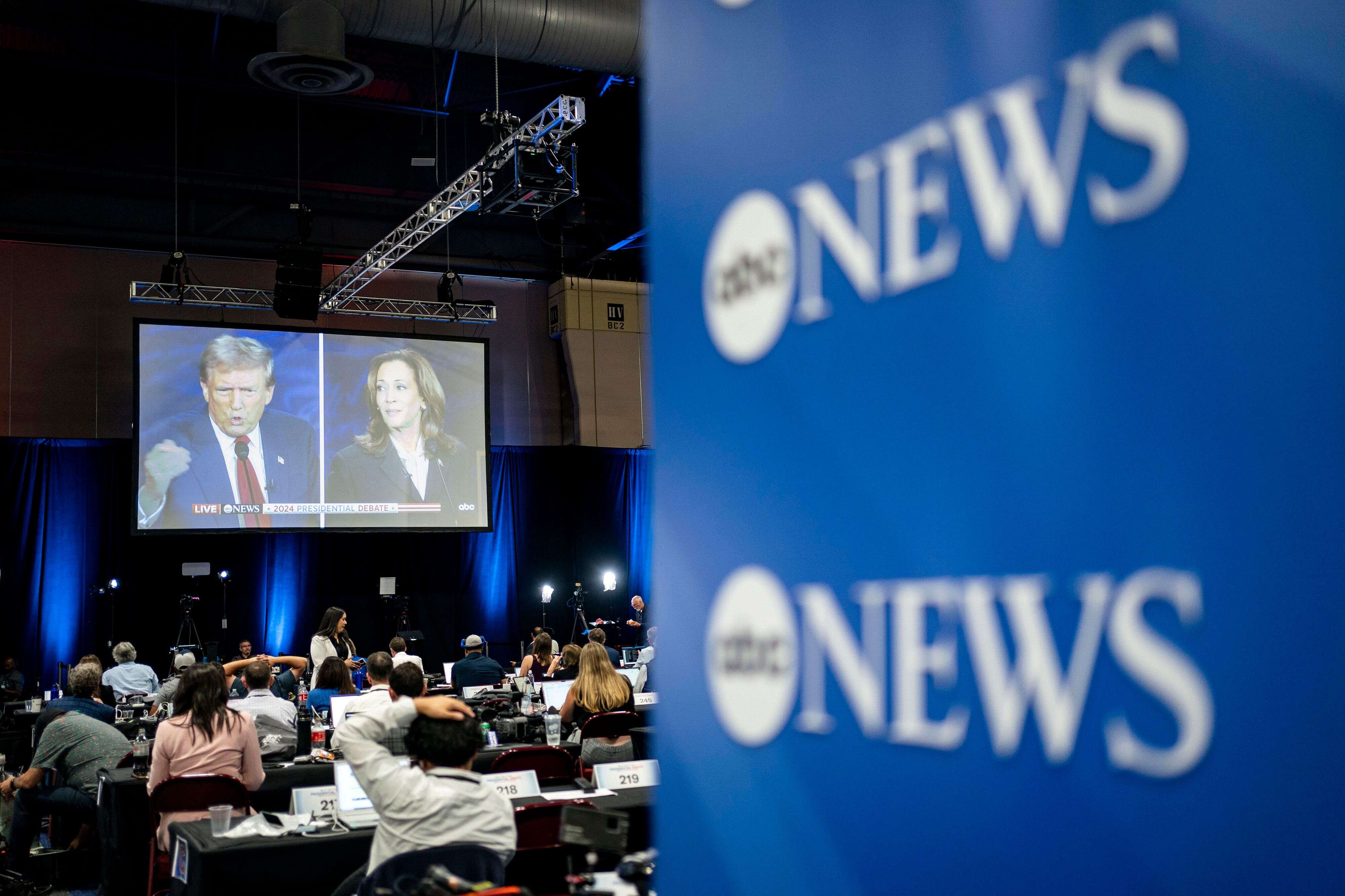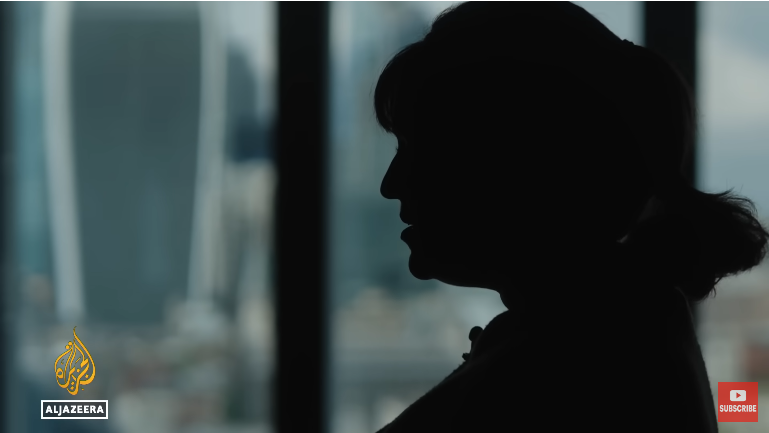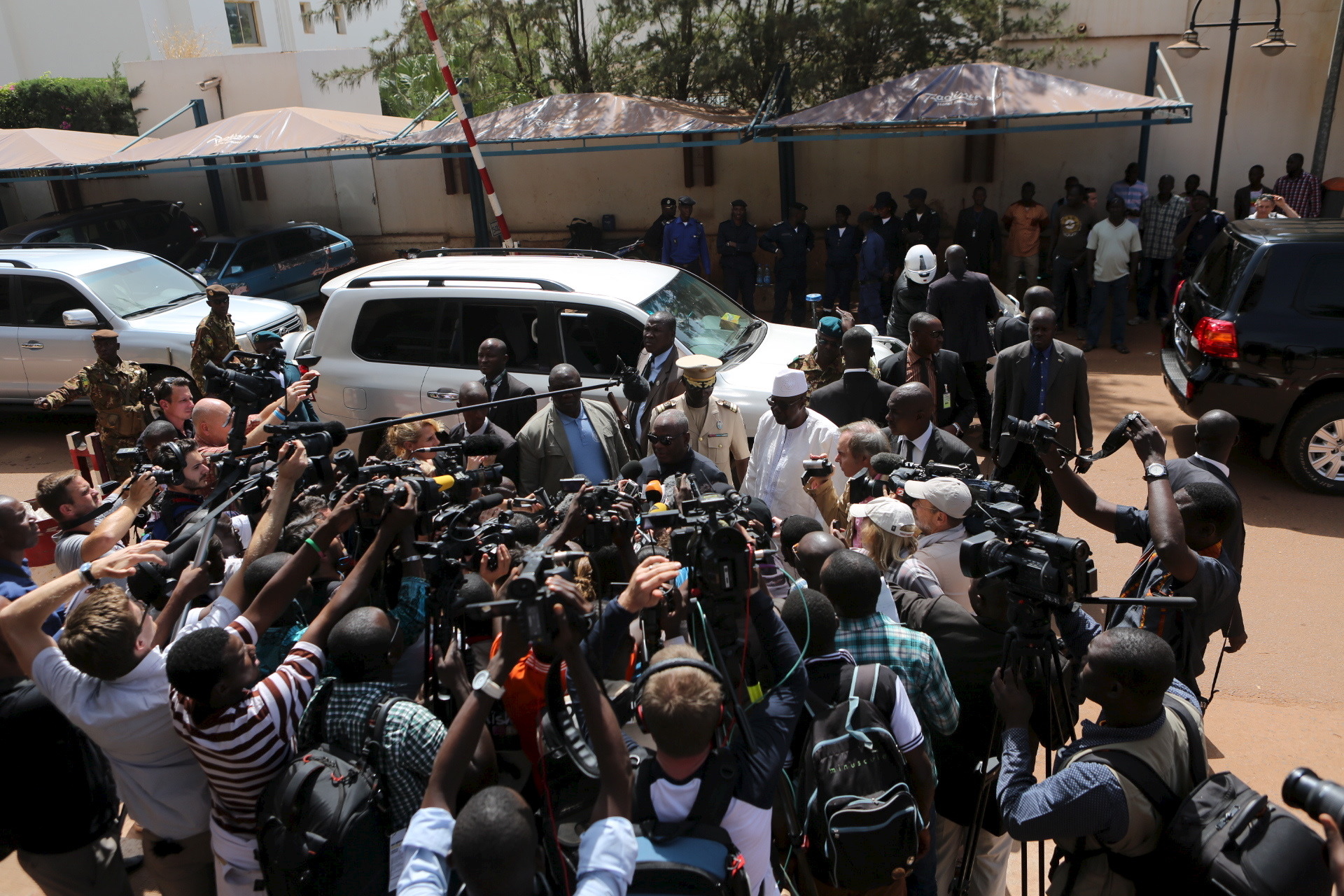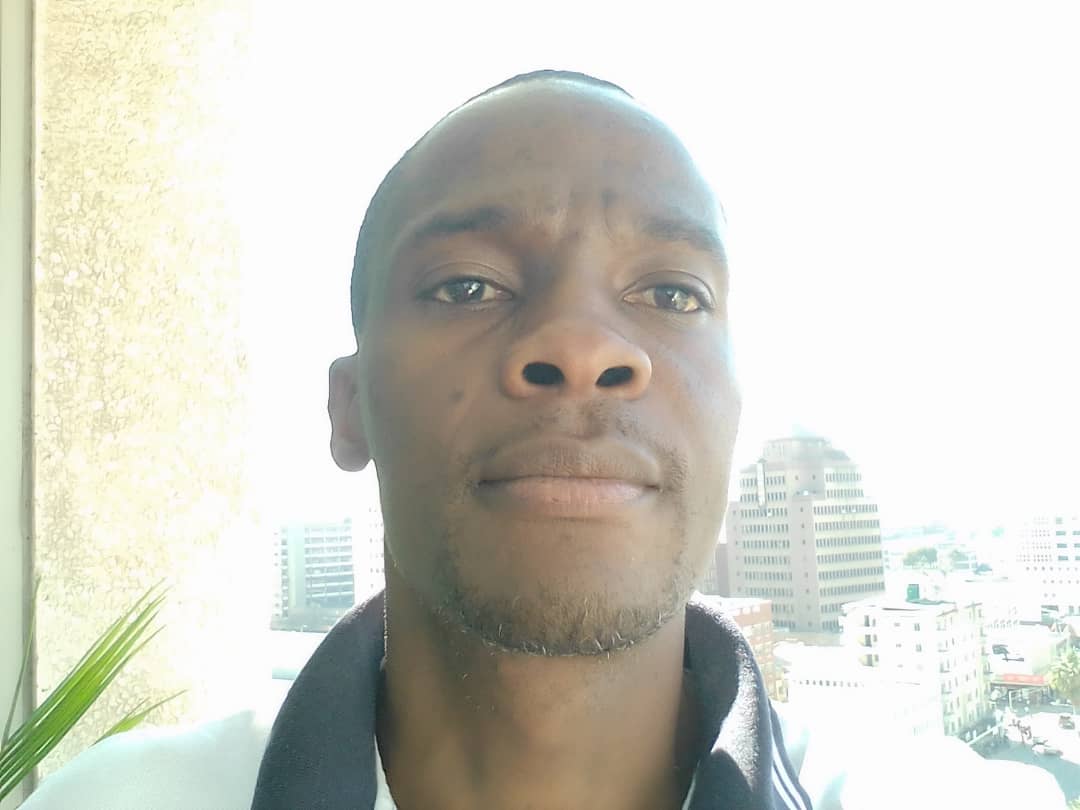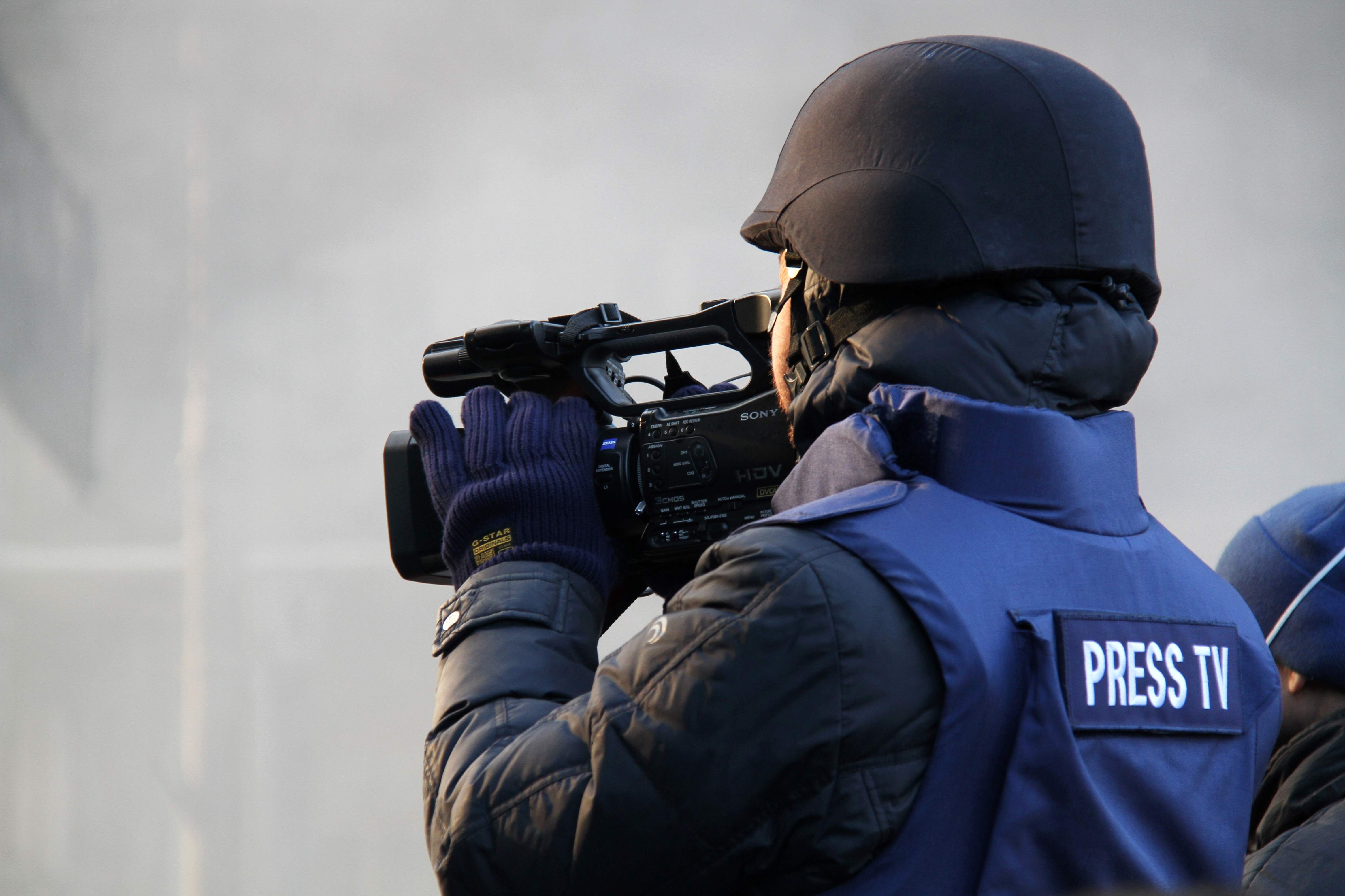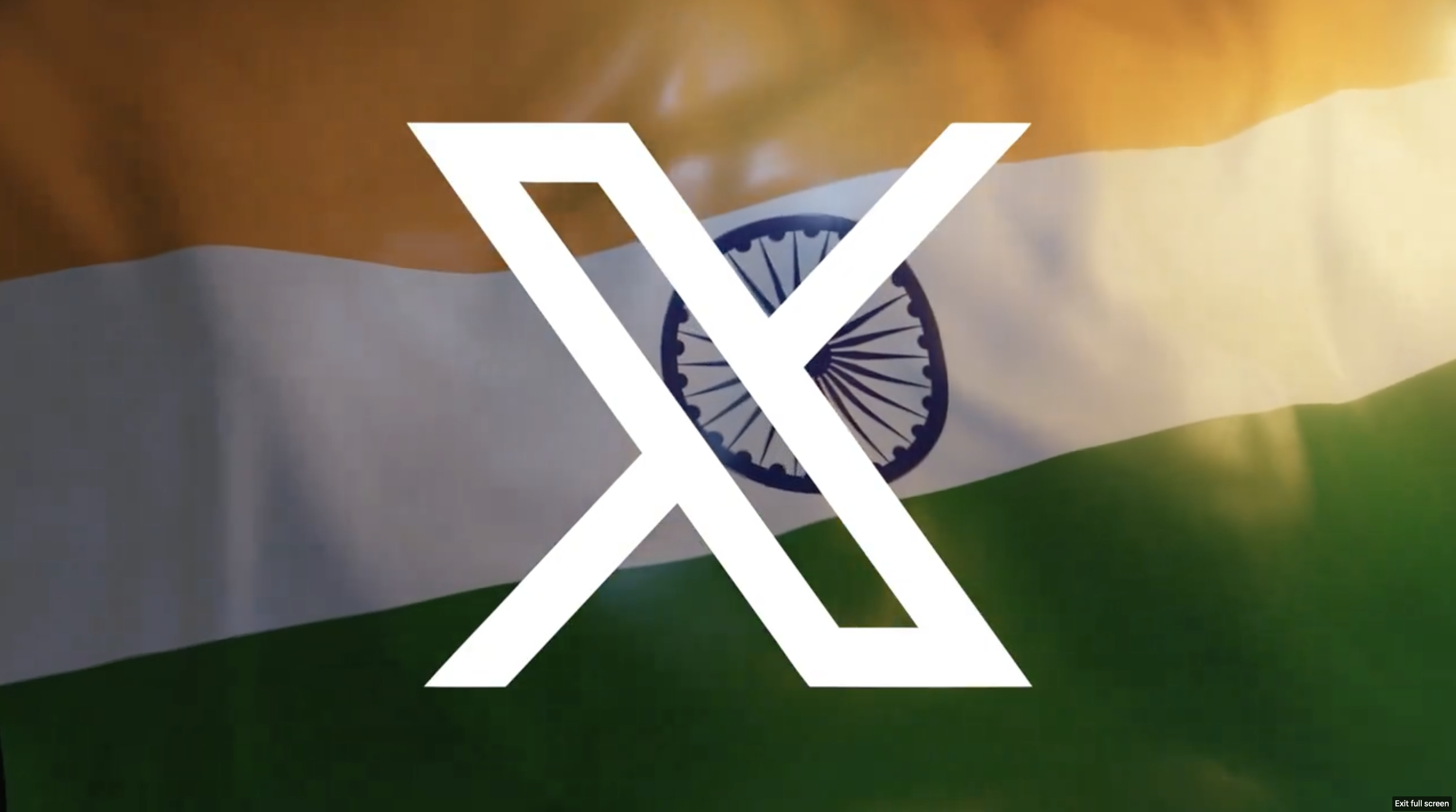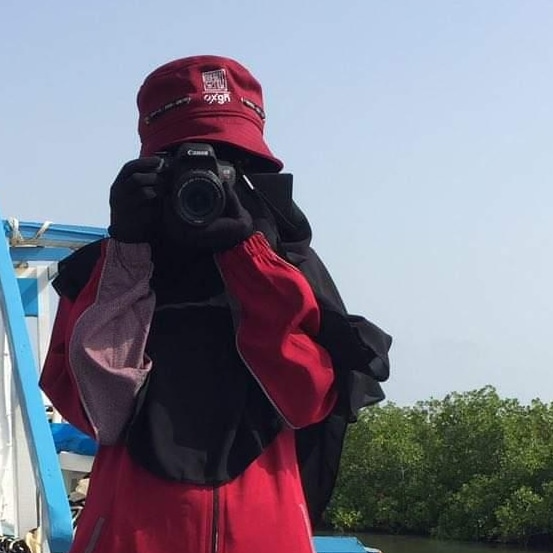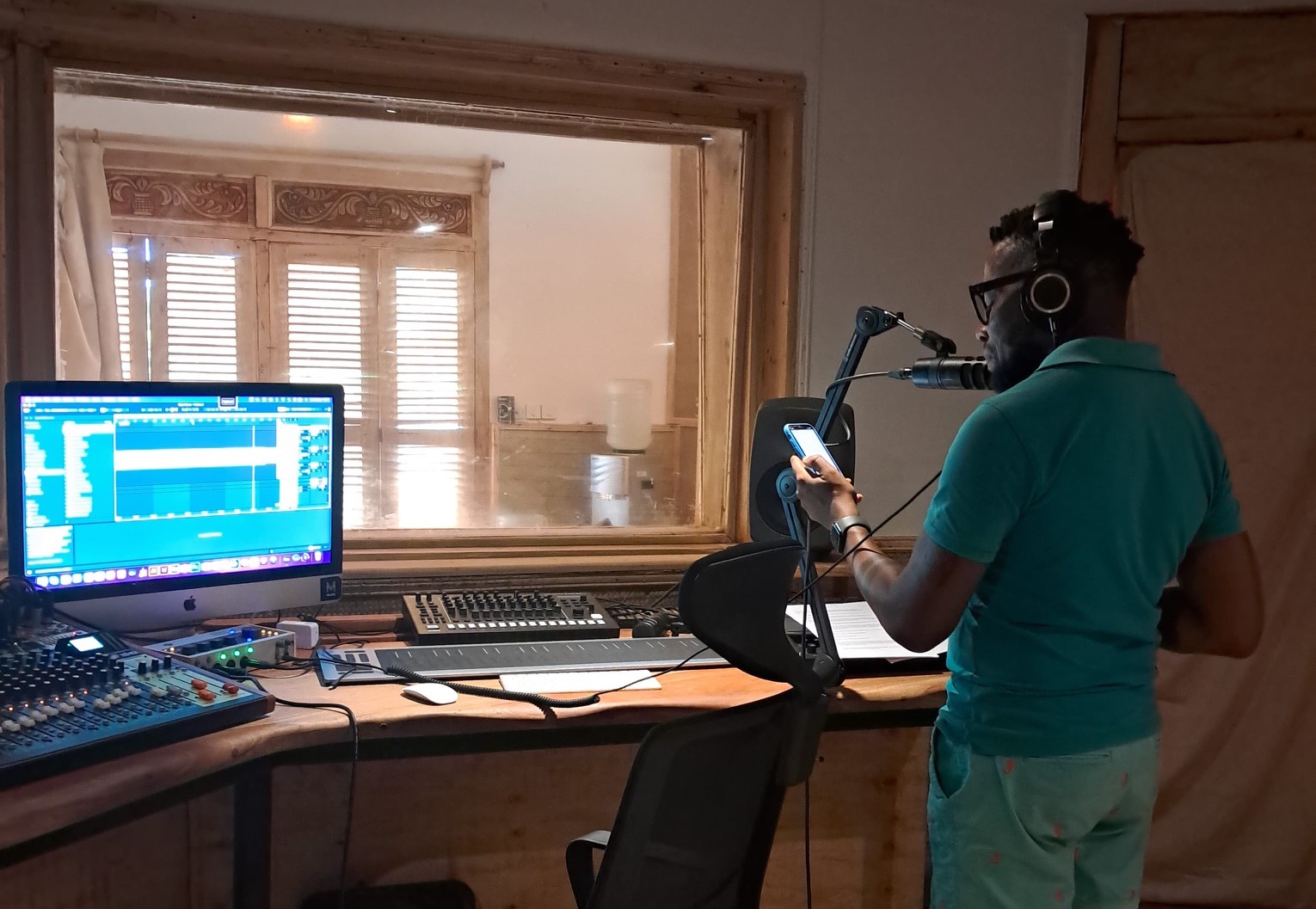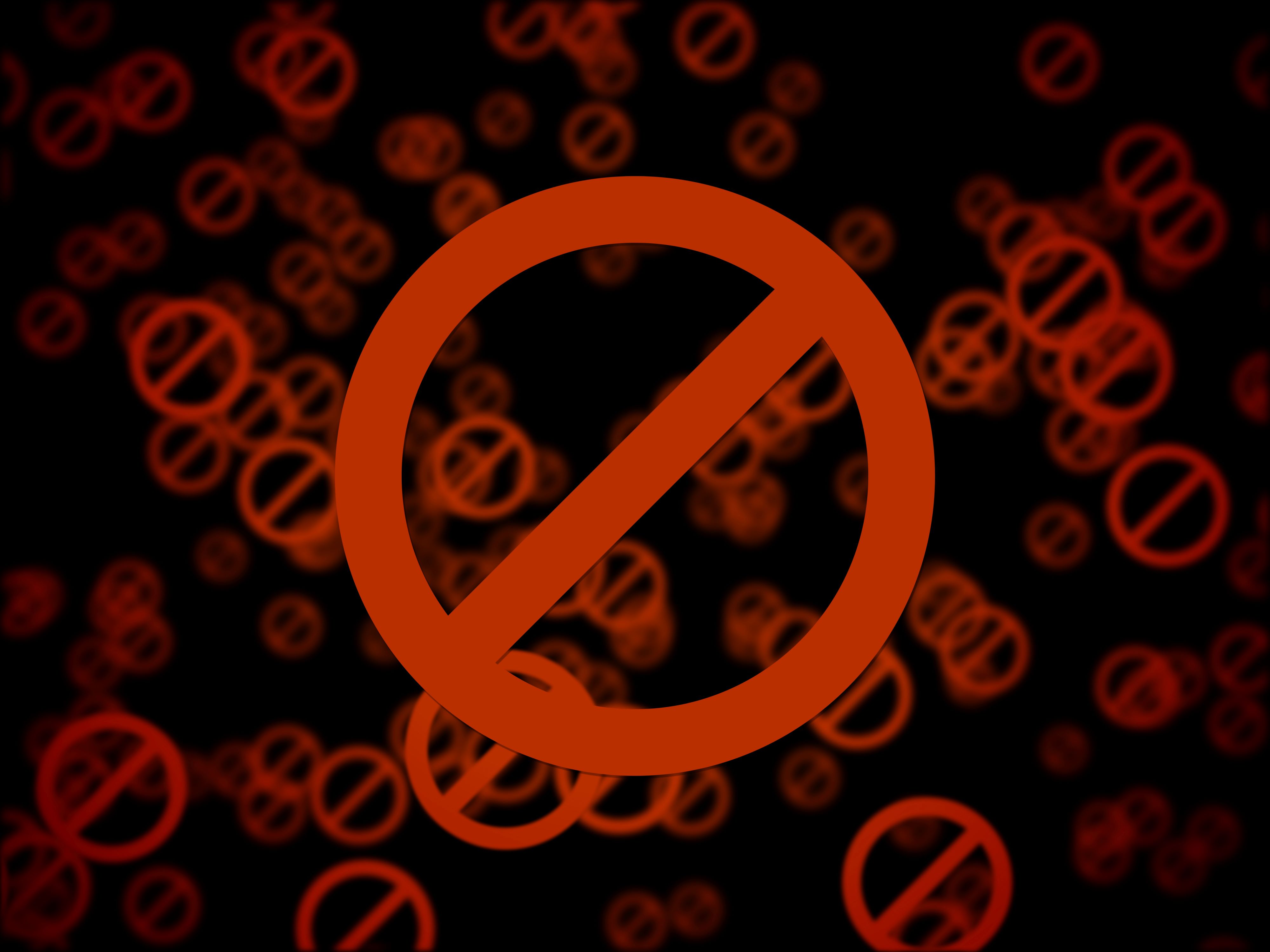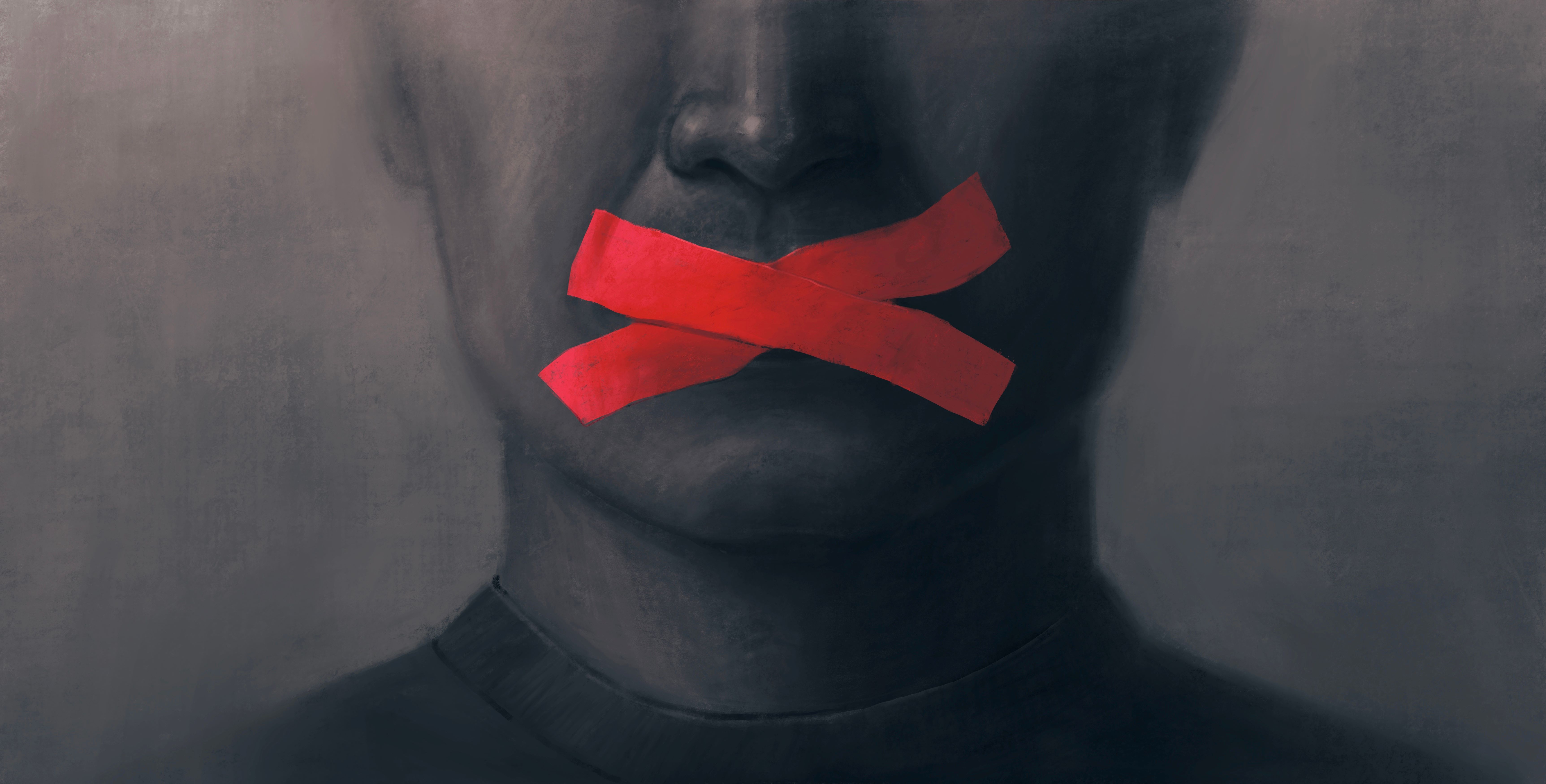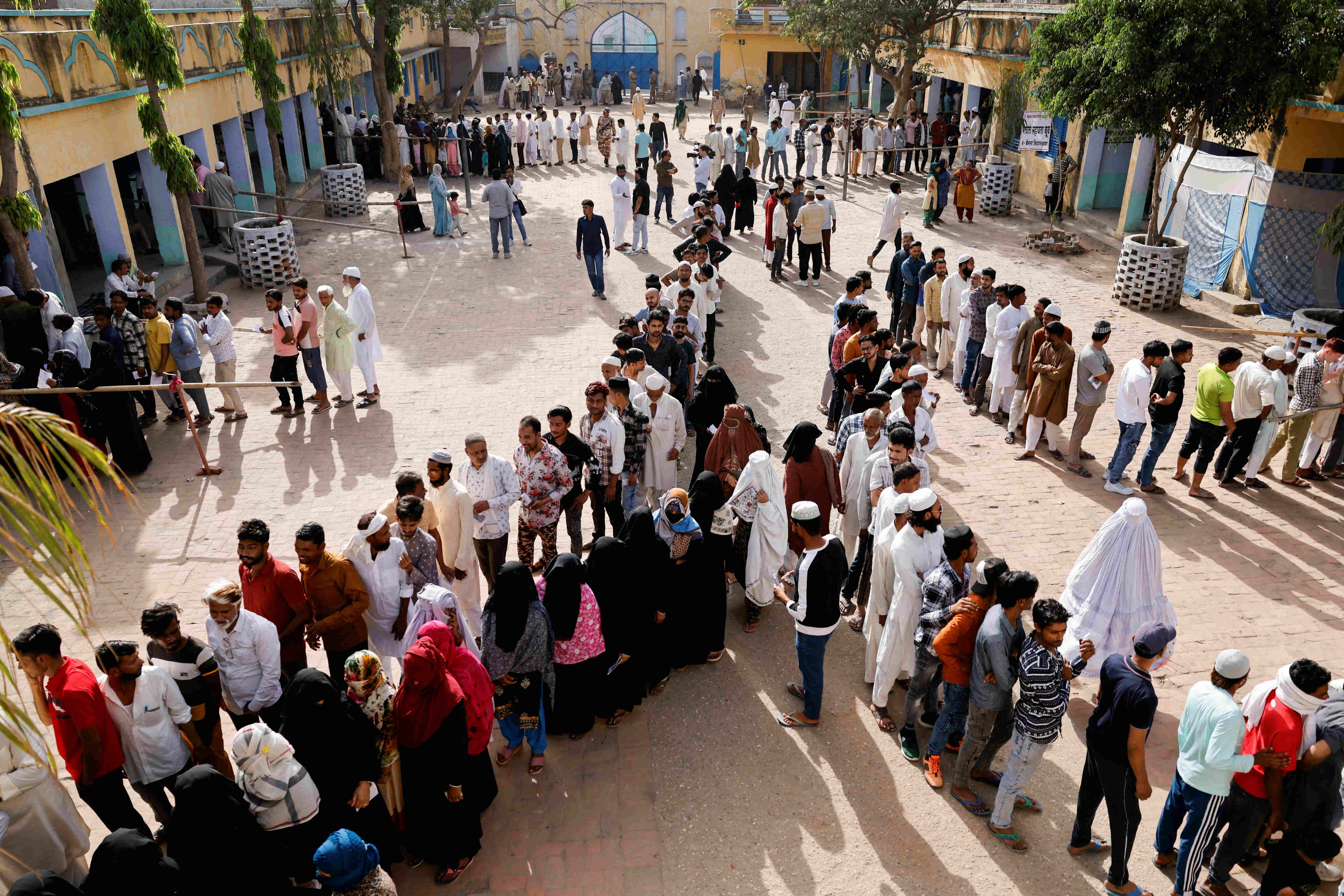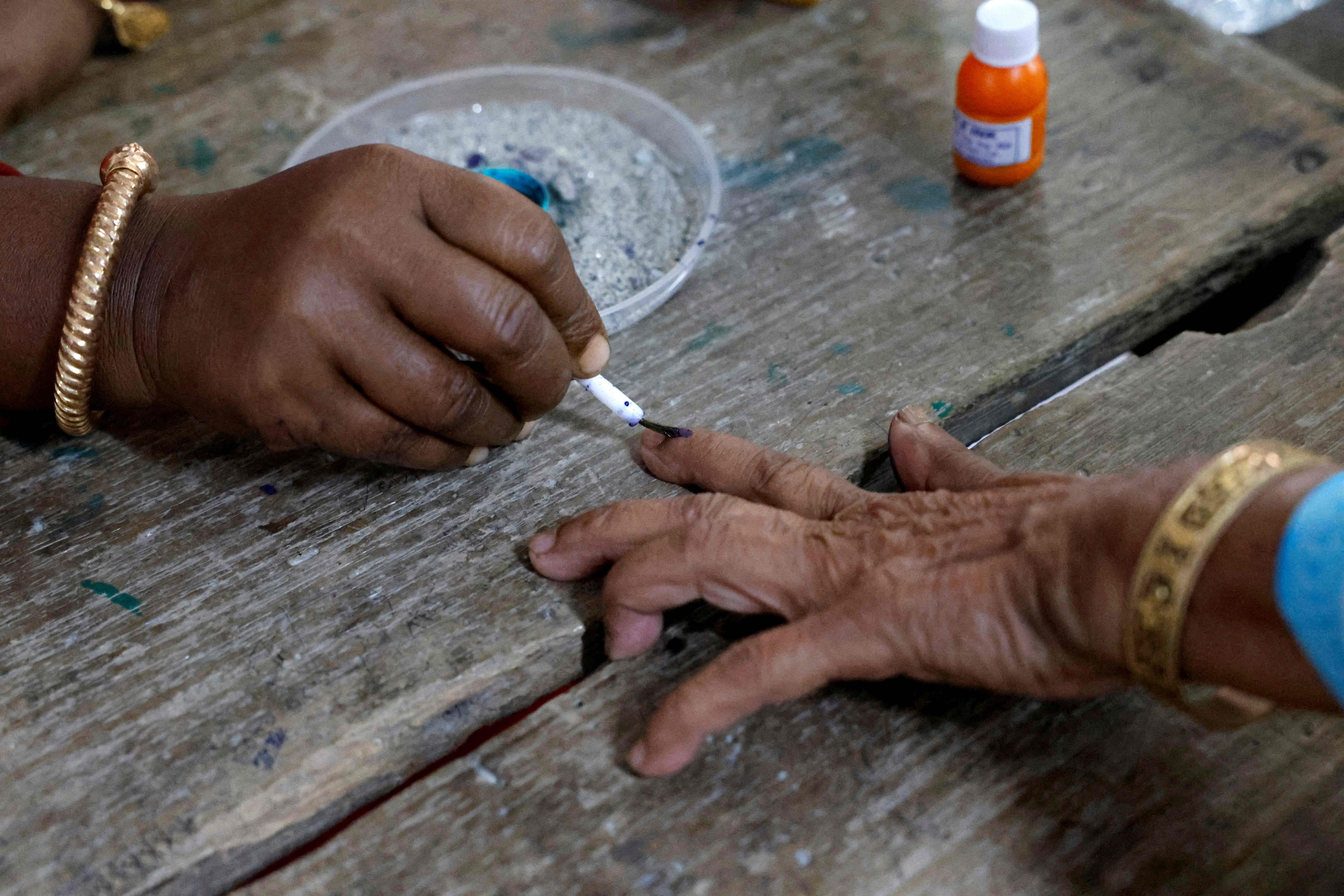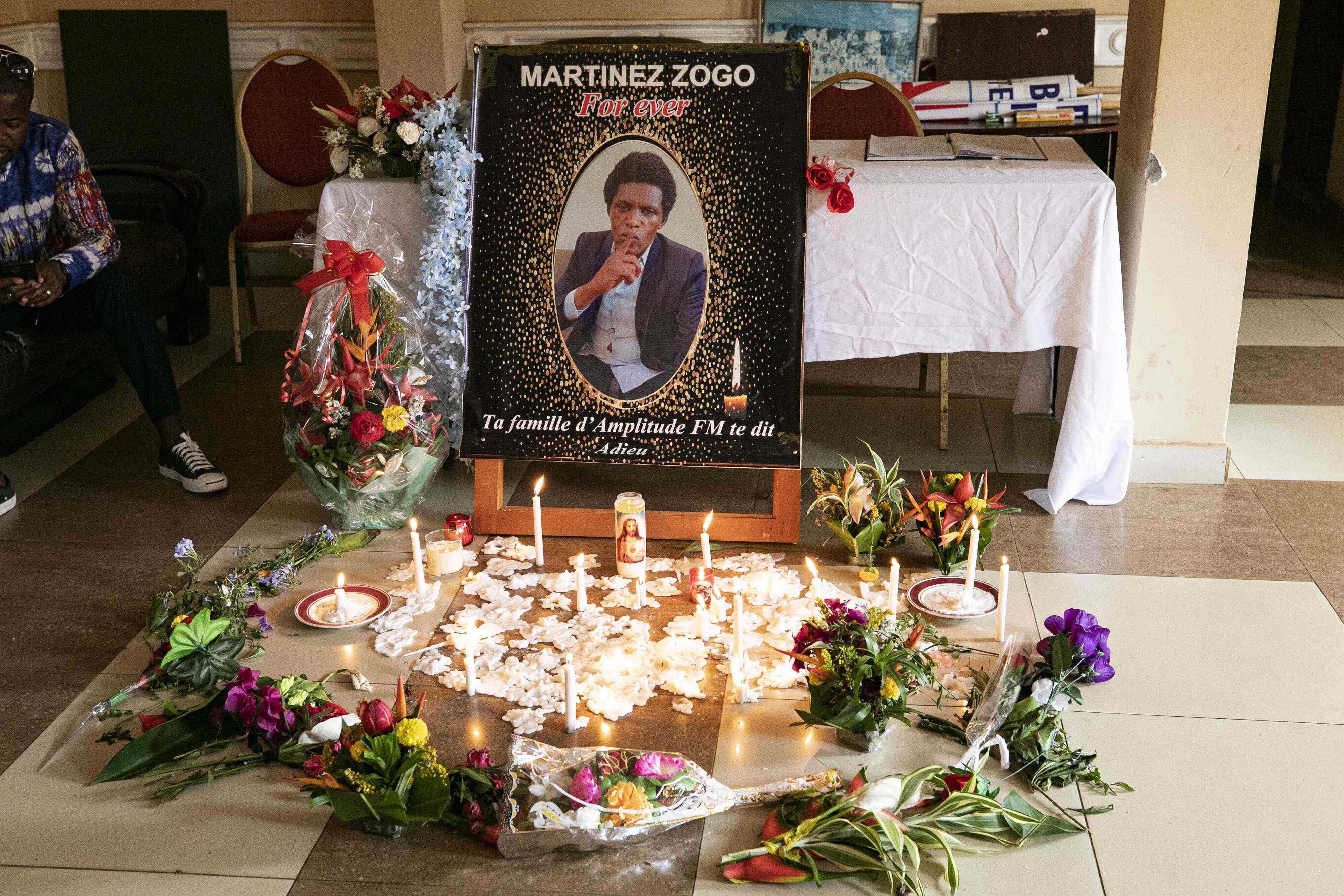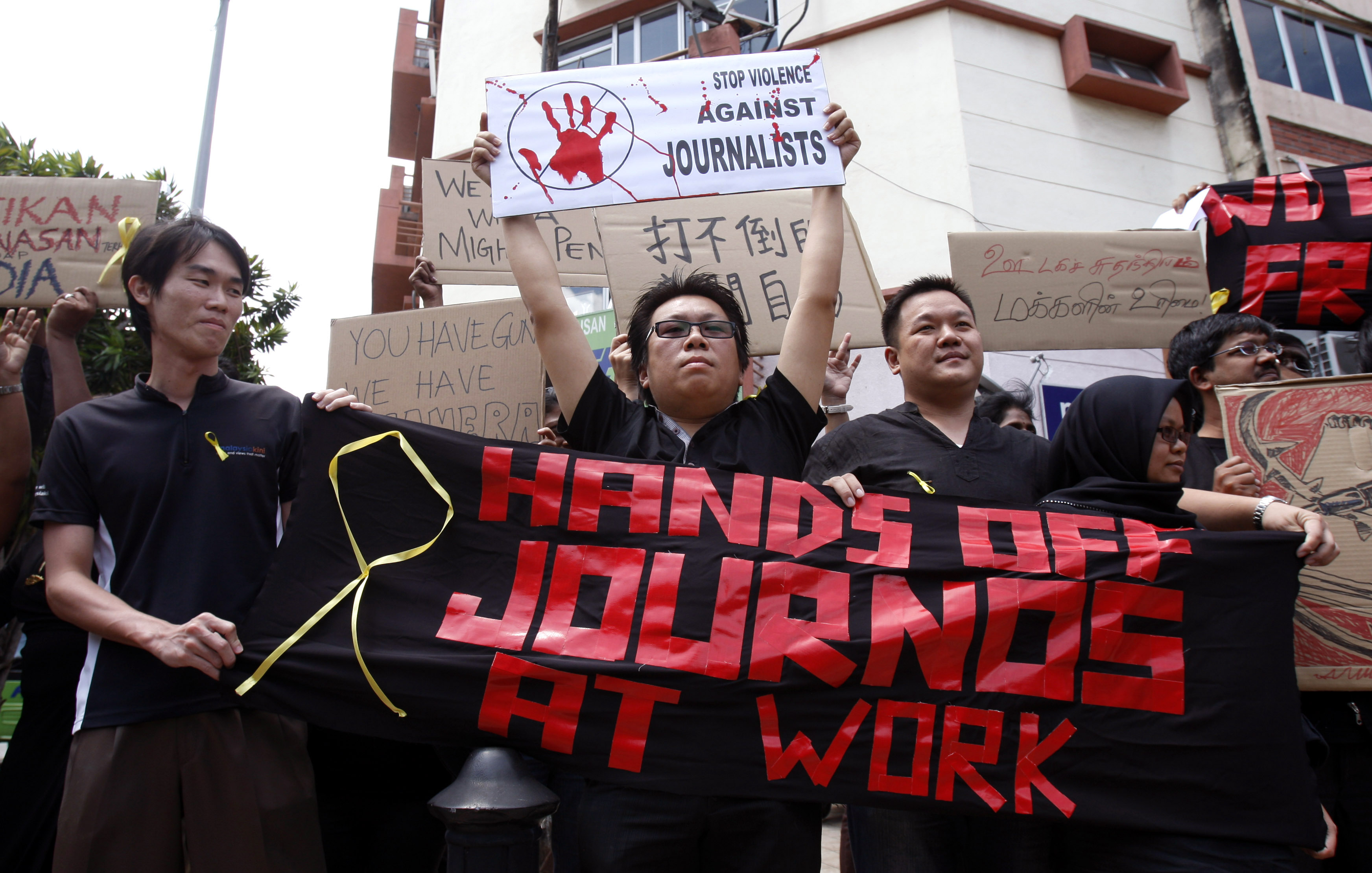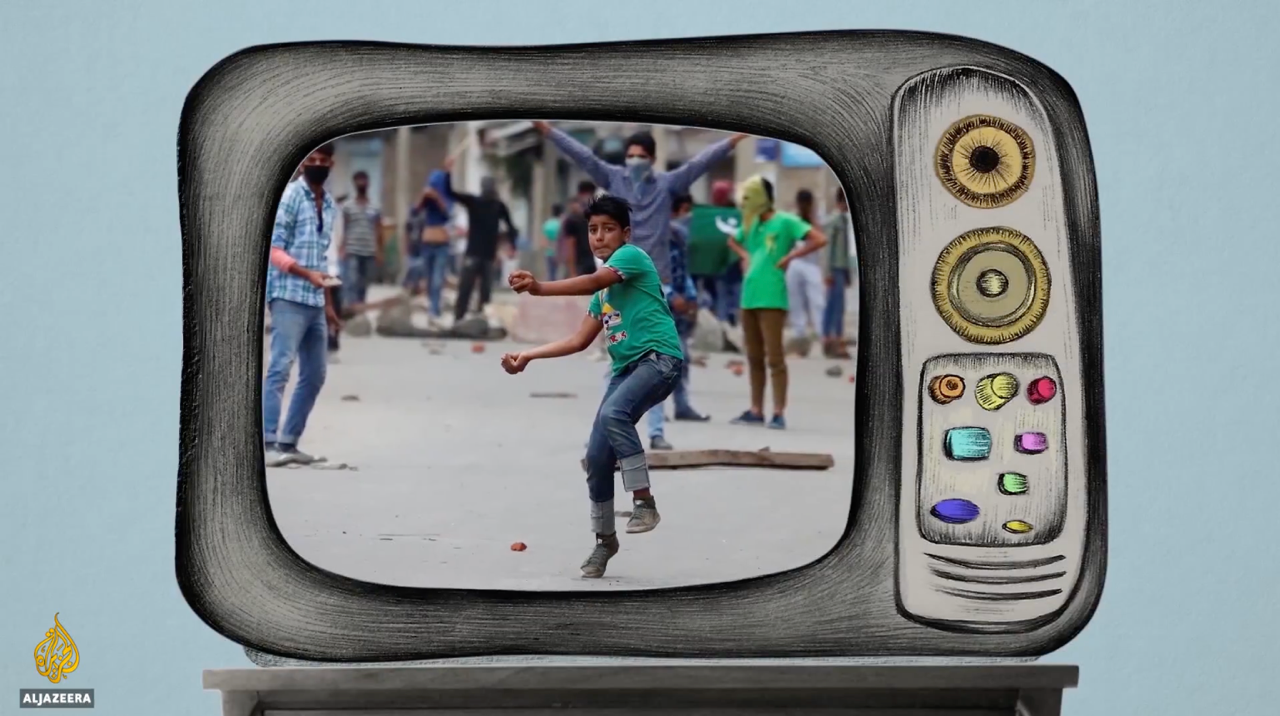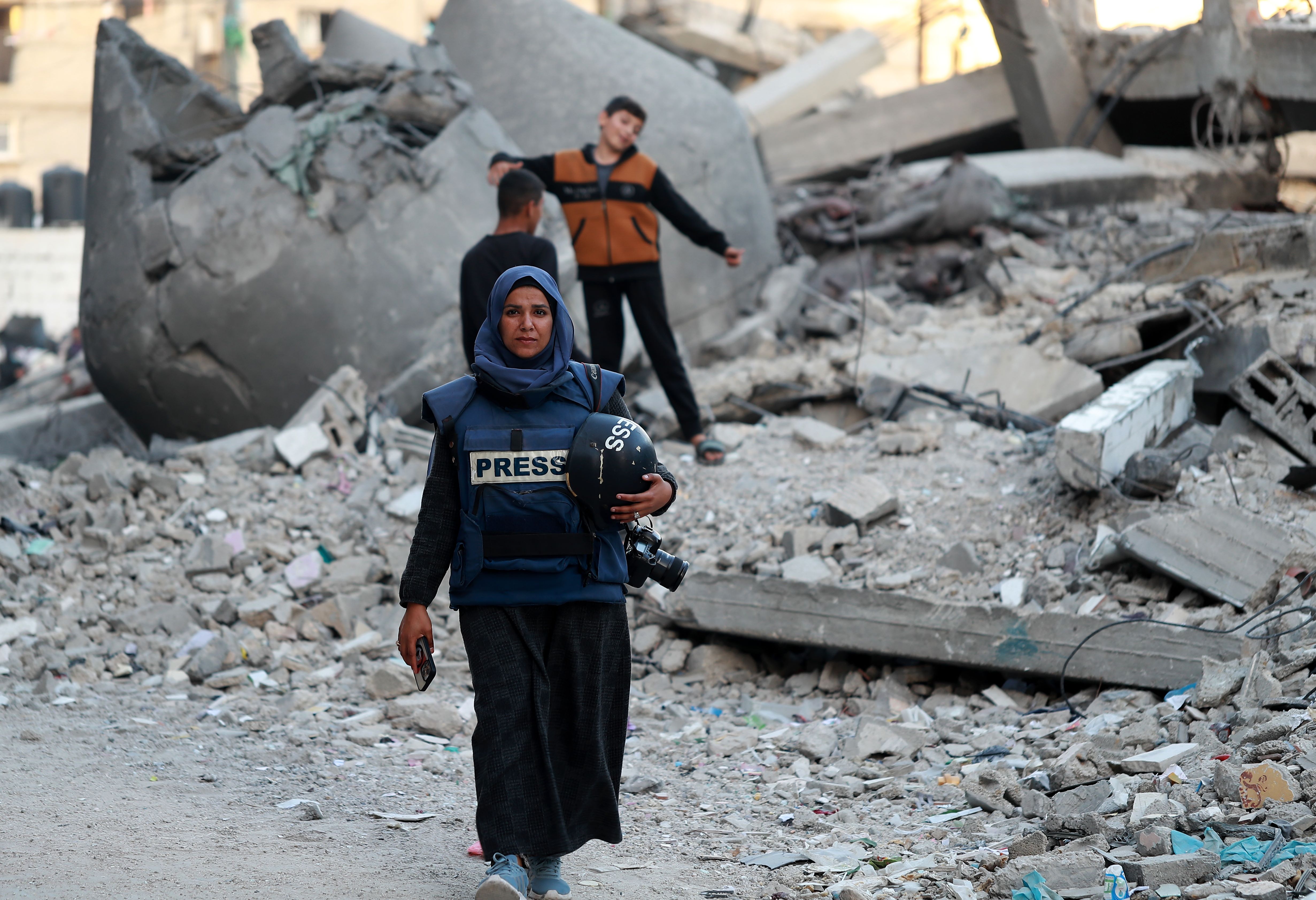Photoshop—an intelligent digital tool celebrated for enhancing the visual appearance of photographs—is a double-edged sword. While it has the power to transform and refine images, it also skillfully blurs the line between reality and fiction, challenging the legitimacy of journalistic integrity and the credibility of news media.
By retracting the photograph, media platforms reaffirm their dedication to accuracy and authenticity in reporting. In an era where misinformation proliferates, such actions are crucial in maintaining public trust in the media.
Case of Kate Middleton's Photo Retraction
With the increasing use of Photoshop and other digital editing tools, the images accompanying news articles have become a pressing concern—we are left to wonder if they might be fake.
Earlier this month, on March 10, a photograph of Kate Middleton, the Duchess of Cambridge, released by the official Kensington Palace and published across various news platforms, sparked controversy. After close inspection, major news agencies like Associated Press, Reuters, Getty Images, and Agence France-Presse issued a "kill notice" to stop the distribution of the royal image due to apparent edits that failed to meet industry photo standards, such as inconsistencies in hand alignment and oddly blurred hair points. Although Middleton acknowledged the photo had been altered, describing it as an "experiment with editing," the incident raised broader questions about the credibility of official releases and the media's role in disseminating manipulated images.

While editors, journalists, or media platforms may edit their own captured images, the situation becomes particularly challenging when they must work with official releases, especially when those releases are manipulated. This creates a conflict between their duty to report truthfully and their reliance on authoritative sources. Additionally, media outlets risk being complicit in spreading misinformation if they unknowingly publish or distribute manipulated images without proper verification.
Yet, by retracting the photograph, media platforms reaffirm their dedication to accuracy and authenticity in reporting. In an era where misinformation proliferates, such actions are crucial in maintaining public trust in the media.
Altering a photograph—even subtly—can distort reality, leading to a misrepresentation of facts and events.
Other Cases of Image Manipulation in War Coverage
These ethical challenges of image editing are particularly pronounced in the context of war coverage, where the stakes are high and the potential for manipulation to influence public opinion is significant.
For example, in April 2003, The Los Angeles Times printed a front-page photo of a British soldier guiding Iraqi civilians to safety near Basra. A reader later spotted duplicated civilians in the background. The photographer, Brian Walski, admitted to merging two photos taken closely in time to enhance the composition, violating the Times' policy against altering news images. As a result, the image was retracted and the photographer was fired.
Similarly, in 2006, Adnan Hajj, a Lebanese freelance photographer, digitally altered images of the aftermath of an Israeli airstrike during the Israeli war on Lebanon. Hajj exaggerated the extent of the damage and added plumes of smoke to enhance the dramatic effect. Major news outlets like Reuters subsequently published these manipulated photographs before being retracted.

In another instance of ethical misconduct involving image editing, freelance photographer Narciso Contreras altered a photograph taken during his time in Syria in September 2013. The original image captured a Syrian opposition fighter taking cover during an exchange of fire with government forces in the village of Telata, with a fellow journalist’s video camera visible on the ground in the left corner of the frame. Contreras digitally removed the camera from the image before sending it to an Associated Press photo desk. Upon learning of the manipulation, the Associated Press severed its relationship with Contreras, stating that he had violated its ethical standards.

The evolution of editing tools has undeniably enhanced the storytelling capabilities of photographs by allowing for adjustments in lighting, colour balance, and narrative composition. This technological advancement allows journalists and editors to present visually compelling and engaging images, effectively capturing the essence of the story they aim to tell.
However, the misuse or inappropriate use of these tools poses a significant threat to journalistic integrity. Altering a photograph—even subtly—can distort reality, leading to a misrepresentation of facts and events. In a profession built on the trust and credibility of its audience, such distortions can have profound consequences. These ethical breaches not only result in the retraction of the images but also damage the reputation of the photographers and the media outlets that publish them.

Gordon Gahan's original photograph for the cover of National Geographic's February 1982 issue which was altered for aesthetics.
This issue is not new or confined to serious news alone; it also affects even travel features. Back in 1982, National Geographic magazine altered the cover photograph of the Great Pyramids at Giza, relocating one of the pyramids to suit the magazine's vertical format. While the magazine argued that the manipulation was necessary for aesthetic reasons, critics contended that it compromised the authenticity and integrity of the image. This seemingly minor alteration dealt a significant blow to the magazine's credibility.
The Impact on Public Perception
The pervasive use of manipulated images in the media has a profound impact on public perception, shaping the way audiences interpret and understand the world around them. When photographs are altered to conform to a particular narrative or agenda, they can perpetuate stereotypes, reinforce biases, and distort the truth, ultimately eroding the public's trust in the media.
A system of peer review and oversight should be in place to ensure accountability in the use of Photoshop, with all edited images undergoing thorough review by senior editors or independent fact-checkers. This additional layer of scrutiny helps to identify inaccuracies in edited images before publication.
How Should Media Address the Ethical Challenges of Image Editing?
Media outlets must navigate the delicate balance between artistic expression and journalistic integrity, ensuring that edited images accurately represent events or subjects and avoid manipulation to fit a particular narrative or agenda.
Rigorous fact-checking and verification processes are essential to detect and rectify instances of manipulation before they are disseminated to the public. Media organisations must invest in training their staff in digital forensics and foster a culture of scepticism and critical thinking to combat the spread of misinformation and uphold the credibility of their reporting. A system of peer review and oversight should be in place to ensure accountability in the use of Photoshop, with all edited images undergoing thorough review by senior editors or independent fact-checkers. This additional layer of scrutiny helps identify inaccuracies in edited images before publication.
When it involves getting data from official sources, media outlets must engage in dialogue with them to clarify any concerns regarding the provided images. They should ask for details about the circumstances surrounding the original capture of the photograph. If it's discovered that images provided by official sources are indeed altered, media agencies should retract the images and issue corrections. Additionally, they should strive to obtain and present the original, unedited photographs whenever possible to ensure the credibility of their platform.
Media outlets risk being complicit in spreading misinformation if they unknowingly publish or distribute manipulated images without proper verification.
Above all, transparency is key—journalists and media professionals must be upfront about any digital alterations made to photographs. Images that have been significantly edited should be clearly labelled or accompanied by disclaimers to inform the audience of the extent of the manipulation. This culture of transparency should also be open within editorial teams, discussing the ethical considerations and decision-making processes behind image editing.
Ultimately, the pursuit of truth should always outweigh the temptation to enhance photographs for visual impact. Media outlets play a crucial role in maintaining public trust, and by adhering to ethical standards and prioritising transparency, they can navigate the challenges of image editing responsibly and preserve the integrity of journalism in the digital age.


